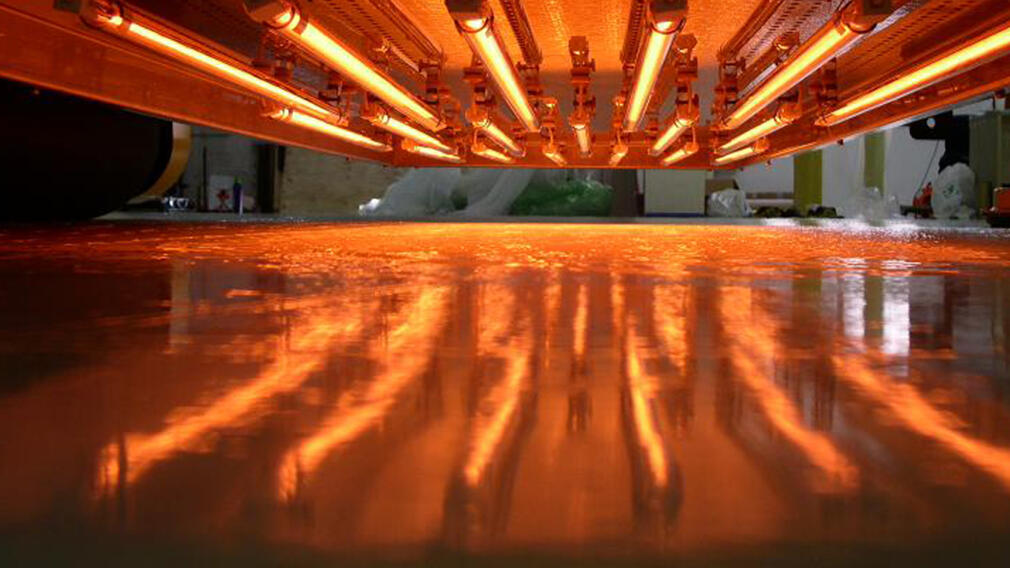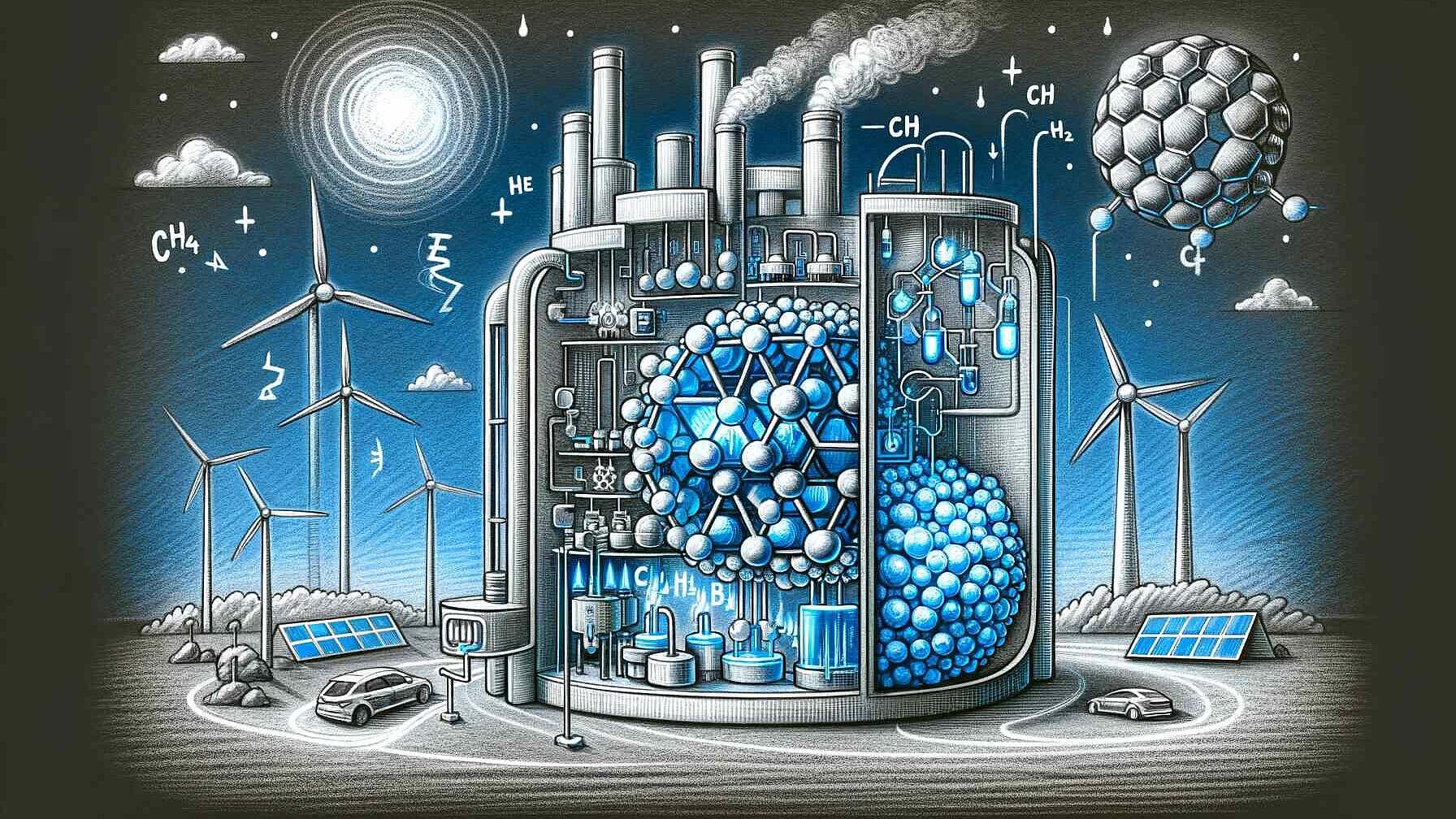 Search Result
Search ResultTop 10 Facts about Electromagnetic Processing
Electromagnetic processing technologies use wavelengths in the electromagnetic spectrum that correspond to microwave, radio waves, infrared, and ultra violet to heat materials. Direct heating methods generate heat within a work piece, by either passing an electrical current through the material, or inducing an electrical current (eddy current) into the material. These technologies offer…
Read Full Business PracticeAll you need to know about advanced high temperature heating technologies for industry
Decarbonising industry means the decarbonisation of electricity and heat. In principle, industry can rather easily decarbonize their electricity consumption, just buy green electricity. Heat is the…
Read Full articleIntroduction: Electro-heat technologies
Electromagnetic processing technologies use wavelengths in the electromagnetic spectrum that correspond to microwave, radio waves, infrared, and ultra violet to heat materials. Direct heating methods…
Read Full articleeLITHE project ignites the future of Sustainable Ceramic Industry decarbonization
The Horizon Europe project eLITHE kicked off at the beginning of January 2024, marking a significant milestone in the quest for sustainable industrial practices. An EU-funded project – eLITHE – has…
Read Full articleElectrifying the Future: Joule-Heated Catalytic Reactors as a Pathway to Decarbonization and Innovation
In today's energy landscape, one of the most pressing challenges is reducing greenhouse gas emissions, particularly from energy-intensive industries like chemical manufacturing. With climate change…
Read Full articleCatalytic Hydrogen Production: Pioneering Clean Energy with Methane Cracking
In the race to decarbonize the world’s energy systems, hydrogen stands out as one of the most promising fuels for a cleaner future. A significant part of this transformation is methane cracking, an…
Read Full articleCracking Open Energy Efficiency This Easter!
Why you might want to read this article? Because there are some facts you might not be aware off? Well, maybe. But even more important… …on Monday, 14th April, we start an Easter promotion on our…
Read Full articleDeep decarbonisation of industry: The cement sector
Headlines Fossil fuel combustion to meet heating needs accounts for 35% of cement’s CO2 emissions. The remaining 65% are due to direct process emissions, which must also be addressed. The biomass use…
Read Full article





